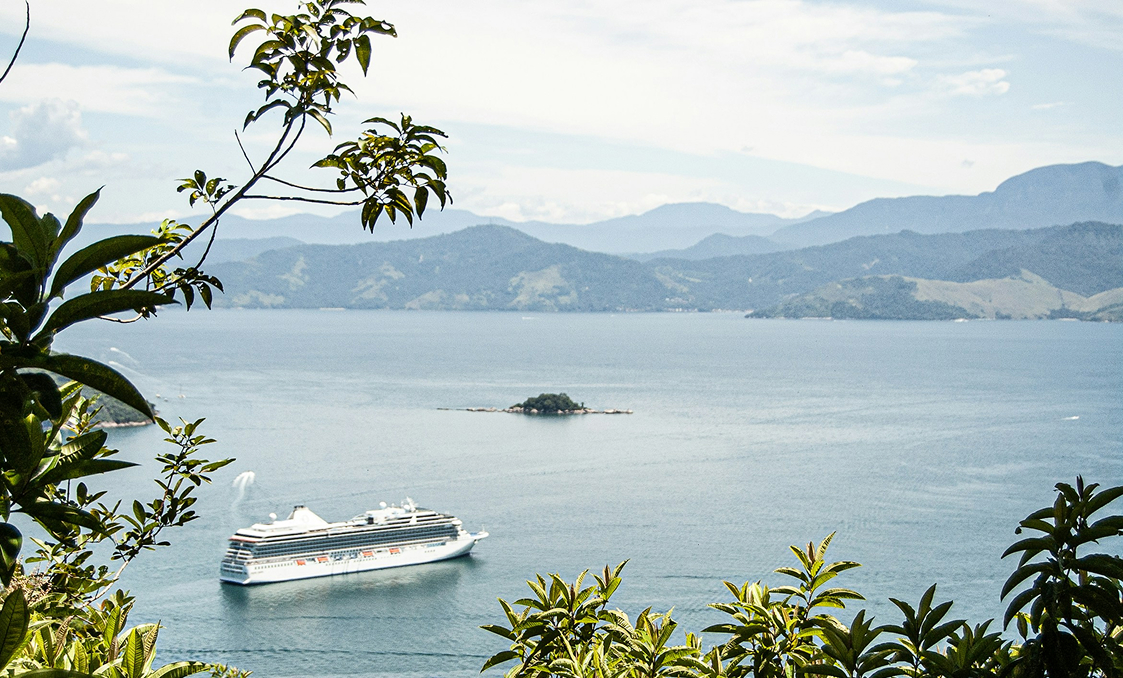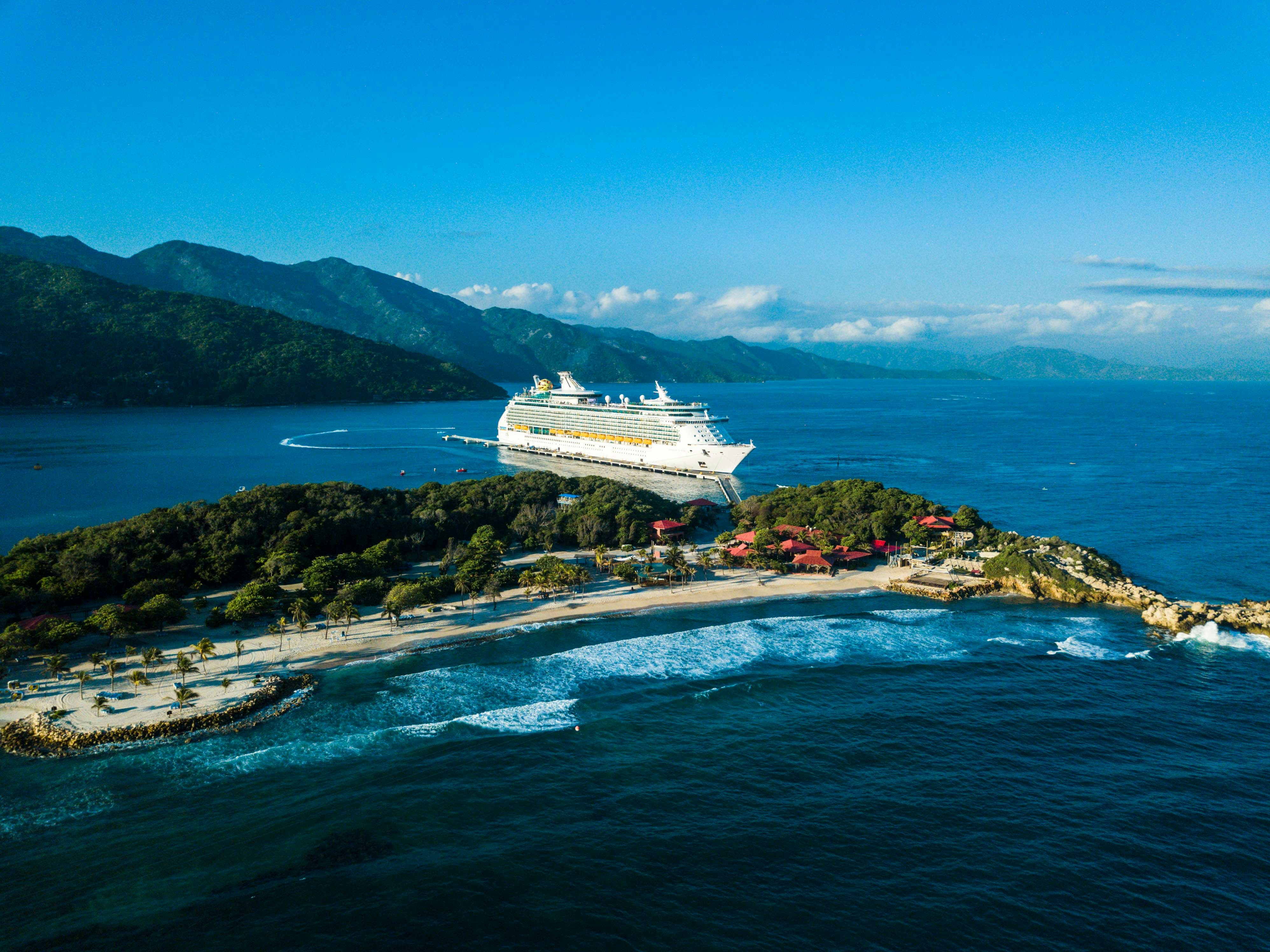

Can Your Cruise Booking Software Scale With You?
Growth should not mean more spreadsheets, disconnected tools, or delayed launches. Modern cruise lines will need booking systems that evolve with the business: Modular, flexible, and unified from inquiry to embarkation. That’s where Kaptio comes in.
The Scaling Challenge in Cruise
Legacy cruise software was designed for another era. These monolithic systems worked for a single brand or ship but struggled with the complexity of multi-brand, multi-itinerary operations. As cruise companies expanded, these tools became liabilities — draining IT budgets, slowing operations, and increasing risk. In fact, cruise lines today spend up to 80% of their IT budgets maintaining outdated systems, with costs rising annually due to limited expertise and aging infrastructure.
These legacy platforms are also behind 40% of major system outages, with downtime costing as much as $9,000 per minute — a staggering price for technology that no longer fits the business.
The Hidden Cost of Outdated Systems
• 70–80 % of IT budgets go toward legacy maintenance ($4–8 M/year, rising 7–9 %)
• 28 % higher operating costs and 35 % more system errors
• 40 % of major outages stem from legacy systems—downtime can cost up to $9,000 per minute
Operational friction became the norm. Teams juggle manual updates, disconnected CRMs, and duplicate data entry. Fragmented infrastructure makes cross-team collaboration and real-time updates nearly impossible.
Most critically, cruise lines are missing revenue opportunities because their systems don’t support dynamic pricing, upsell capabilities, or data-driven personalization.
According to Cruise Lines International Association (CLIA), the global cruise market is projected to reach 39 million passengers by 2027, up from 31.5 million in 2023.
5 Signs Your Booking Software Can’t Scale
As your business grows, your cruise line technology should keep pace — not slow you down. Here are five signs your current software might be a hidden barrier to expansion.
1. You Can’t Launch New Itineraries Without Spreadsheets
If your team still relies on Excel to manage land add-ons, pre/post-hotel nights, or hybrid sea/land segments, it’s a red flag. Scalable software needs flexible itinerary management baked in.
2. Each New Vessel Means a New Workflow
Your booking system shouldn’t break or require expensive reconfiguration every time you add a ship. If new workflows feel like workarounds, you’re patching, not scaling.
3. API Limits Cap Distribution Channels
Modern cruise booking platforms must connect seamlessly to OTAs, DMCs, and GDS. If your tech can’t support API-first distribution, you limit growth.
4. Manual Changes Break the System
Cruise itineraries shift, and pricing, capacity, or port calls can change quickly. If your software can’t handle dynamic updates and mobile access, it’s holding you back.
5. Your CRM and Booking Engine Don’t Talk
Every missed opportunity to personalize offers, track behavior, or reward loyalty adds up. A disconnected CRM means lost insights and revenue.
How Modular Cruise Tech Like Kaptio Supports Growth
Built natively on Salesforce, Kaptio’s cruise platform was engineered for complexity and scale. Whether you’re launching new vessels, brands, or bundled land excursions, it grows with you..
- Salesforce-native architecture: Enterprise-grade scalability with built-in CRM and automation
- Modular setup: Add new functionality and empower internal teams without rebuilding your core platform
- Unified customer view: From inquiry to disembarkation in one system
- Itinerary flexibility: Handle cruise/land combos, pre/post-hotel nights, and custom packages with ease
- Integrated CRM and booking engine: Automate upsells, loyalty campaigns, and personalized communications
- API-first infrastructure: Seamlessly connect to OTAs, DMCs, GDS, and marketing tools like Salesforce Marketing Cloud, HubSpot, Mailchimp, or Google Ads to support targeted campaigns, remarketing, and lead nurturing
Scalability isn’t just about handling volume—it’s about adaptability,” says Unnur Ösp, Vice President, Product, Kaptio. “Cruise operators need systems that flex across new brands, vessels, and customer types without adding complexity.”
For more on our approach to modular, modern tech stacks, read Outgrown Your Current TravelTech Stack? Don’t Panic.
Future-Proof Your Cruise Line
Scaling your cruise business shouldn’t require a new replatforming project every year. With the proper foundation — modular, Salesforce-native, and built for expansion — you can scale confidently across itineraries, vessels, brands, and customer types.
Ready to future-proof your cruise line? Talk to a Kaptio specialist about how modular cruise software can help you scale smarter.
London, WC1N 2EB
Kópavogur, Iceland
Vancouver, BC, Canada, V6B 5C6





